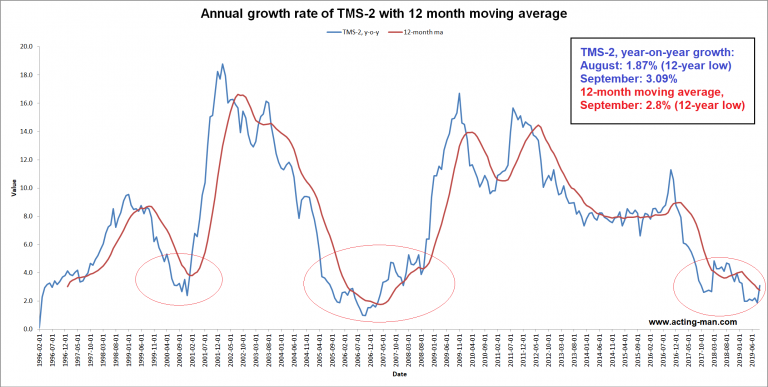A Shift in Perception – Indians in Silicon ValleyWhen I was studying in the UK in early 90s, I was often asked about cows, elephants and snake-charmers on the roads in India. A shift in public perception— not in the associated reality — was however starting to happen. India would soon become known for its vibran As more IT graduates from India moved to the US to work, they lobbied to change how India was viewed, not because India had actually changed or because they cared for India, but because from their tribal perspective, this reflected well on them. This process went hand in hand with the emerging trend toward political correctness in the West — people in the West became keen to exaggerate the successes of India and other “emerging markets” to prove their non-racist orientation. Today, Silicon Valley has quite a visible Indian population and many of its members are very talented and in top positions. This helped change the perception of India. There are a total of one million Indian engineers and scientists in the US. To put this number into perspective, the population of India increases by more than a million souls every month. t IT industry. |
 Friends and family are helping students taking university exams with cheating. 2.5 million candidates, many of them with PhDs or post-graduates, recently applied for 6,000 of the lowest level job positions (“grade D”) available in West Bengal, which require no more than an early-stage school education. While India produces the largest number of PhDs, engineers, etc. in the world, the educational system is in reality in a shambles and a complete joke. - Click to enlarge Most of these people are in fact unemployable. [The incredible scene above took place in Bihar and is explained in greater detail here. Relatives of students are scaling the walls of the examination center to pass on cheat sheets to their offspring. Policemen who were supposed to guard examination buildings were often bribed to look the other way. A total of 6 to 7 million people across India were estimated to provide cheating assistance. [PT]] Photo credit: Dipankar |
| These were the best and the brightest of India, and while their number is not even noise in the grand scheme of things, the exception to the rule began to be seen as the rule. A completely faulty assumption was taking root, namely that India is a land of high-tech people. Neither Indians nor politically correct Westerners challenged this notion.
Indians were hired by Americans based on meritocratic principles, but as more Indians rose to the top, they tended to hire based on tribal affiliations. Again, this tribalism has nothing to do with trying to help their brethren. Mostly it is about the comfort tribal people feel working with their own kind, despite harboring concomitant feelings of disdain. An Indian boss finds it easier to get away with abusing his Indian staff. Apart from visible high-caliber Indians in the IT industry in the US, most of these employees are actually C-level, sweatshop labor, who work for a lot less than what Americans would be prepared to accept. Many of those who did not learn programming in the US are known for writing error-prone code that cannot be maintained. Moreover, they have developed a reputation for being pompous. Americans find it difficult to complain, as they don’t want to risk looking racist. An outsized number of Indians in the position of recruiters tend to favor Indians, once again not for reasons of empathy, but merely for the comfort they feel in managing expectations. The lottery system associated with H1B visa is riddled with manipulated multiple filings and fake resumes – stories about this abound. |
 A similar scene at another examination center in Bihar. In several locations parents and relatives even clashed with police who tried to keep them from scaling the walls (which is actually quite risky). - Click to enlarge Here is a You-tube video showing a TV report on the “massive family affair” the exam turned into, which is in parts quite funny. You will inter alia notice that students who get caught cheating by their teachers sometimes have to expect the kind of traditional instant punishment that would be frowned upon in politically correct Western societies, but which probably has the advantage of being memorable (here is another video of the collective cheating effort; and here is Mr. Bean taking an exam). [PT] Photo credit: FOK / DPA |
The IT Industry in IndiaEven within India, the IT industry is not what many people believe it to be. The IT sector accounts for 9.3% of the country’s GDP, or about $150 billion. While the Indian IT industry looks big from an Indian perspective, it is miniscule even in comparison with China, let alone the US. In total, a mere 3.7 million out of India’s population of 1,350 million people are employed in the IT industry. Again, most of them are working as better-paid sweat-labor, forever ready to jump to a slightly better job offer. Creative, innovative work is almost never sent to India. As time has passed it has become increasingly difficult for political correctness to suppress the fact that much of the code written by Indian IT programmers is of inferior quality. Indian IT firms are losing business and sadly the one industry that led most of India’s growth over the last three decades is rapidly shedding employees. An Indian friend who has worked for many years in the IT industry, in and outside of India told me:
Will Indians one day sit back and reflect that their lack of reason, their tribalism and superstitions are the reason for the utter backwardness and wretchedness, which is letting the one small advantage Indians had slip by? Here is a comment by Vidyanshu Pandey, who in the past worked as a coder, in delivery management, as a software architect, and is currently in IT sales and management consulting:
|
 The flaws of Indian coders have made headlines before. The article from which the above exhortation was taken appeared in 2015 after “Snapdeal cheerfully declared that ‘right programmers are rare in India’” and inter alia notes that “India’s education system has failed its citizens”. - Click to enlarge The problems with many Indian coders are deemed to consist of “rote-learning, lack of research and Gestalt skills and an inability to be innovative even while they possess the talent”. Two years earlier, the Atlantic had already published a “behind the scenes” article on the topic as well, which also blames the Indian education system for the situation and includes a forecast that the amount of coding work outsourced to India is likely to drop – to the chagrin of many newly-minted, but apparently poorly trained Indian programmers. [PT]
|
Quiet Changes
Inside the country, Indians have increased their gold hoarding. There is no way to know how much they are really buying, as a lot of gold comes into the country through smuggling. Those who can are moving their gold and wealth abroad. They are increasing their purchases of properties outside the country, in the process contributing to property price increases in the US, in London, Thailand, and so forth.
A very large number of Directors of publicly-listed Indian companies are officially residents of Singapore, Hong Kong or Dubai. 30% of the people living in the UAE are from India. Of course, not much of this shows up in statistics.
Every Indian I know would emigrate today if he could. Most want to live under institutions created by Europeans. Hypocritically, those who cannot emigrate, and particularly those who do manage to do so, vociferously claim that European colonization of the third world was somehow an unmitigated calamity. It wasn’t. Without the British running India, India is rapidly on its way to utter chaos, disintegration and what will likely end up becoming a major humanitarian crisis.
Edited by PT
Image captions by PT where indicated
Full story here Are you the author? Previous post See more for Next postTags: newslettersent,On Economy,On Politics

































